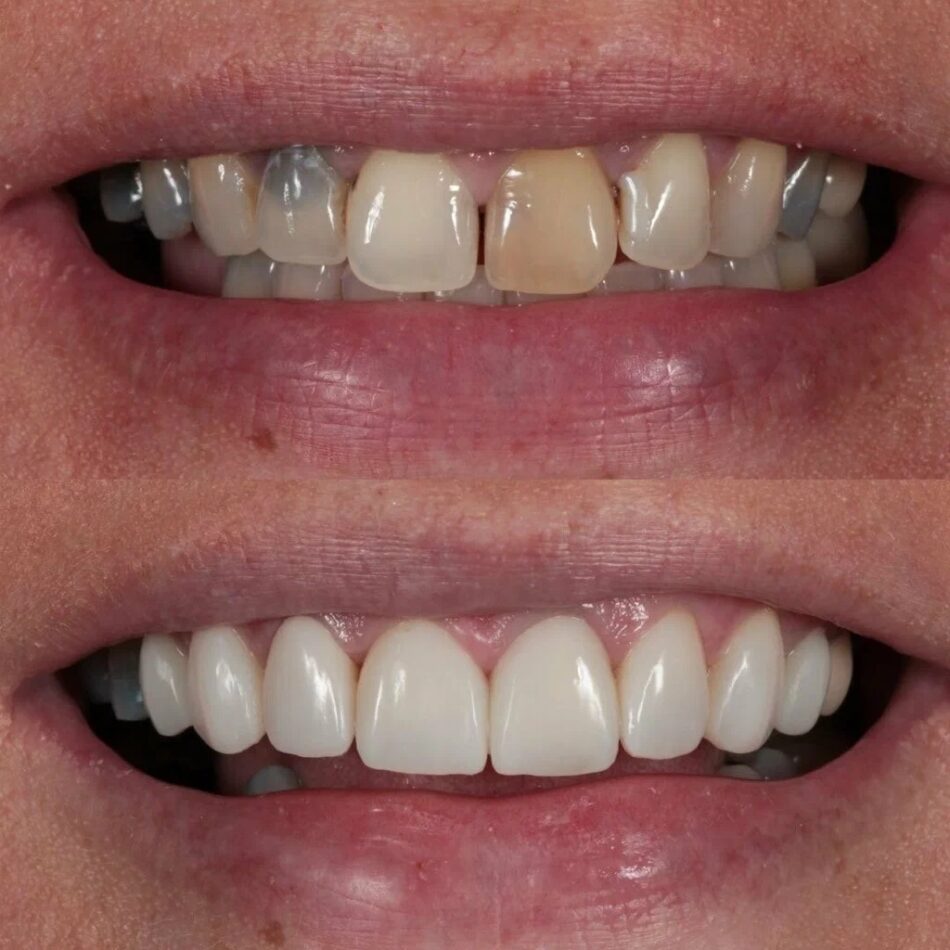What is the Dark Side of Composite Bonding?
Composite bonding has gained immense popularity in cosmetic dentistry due to its ability to quickly fix chips, cracks, discoloration, and gaps in teeth. It is cost-effective, minimally invasive, and typically requires just one dental visit. While it seems like a dream solution for people looking to enhance their smiles, like any cosmetic procedure, it also has a dark side. Understanding the disadvantages and long-term implications of composite bonding is crucial before deciding whether it’s the right option for you.
Not as Durable as Other Options
One of the major drawbacks of composite bonding is its limited durability compared to other restorative options like veneers or crowns. The composite resin used in bonding is more prone to chipping or cracking, especially for individuals who grind their teeth or have a strong bite. Unlike porcelain veneers, which can last up to 15 years or more, composite bonding usually lasts between 3 to 7 years with proper care. This means patients might find themselves needing repairs or replacements much sooner than expected.
Easily Stains and Discolors
Another disadvantage of composite bonding is its tendency to stain over time. The material is porous and can absorb pigments from foods and beverages such as coffee, tea, red wine, or tobacco. Unfortunately, the resin doesn’t respond well to teeth whitening treatments, so once it becomes discolored, the only remedy is to replace the bonding. This can lead to frequent maintenance and recurring dental costs, especially if the bonding is done on front teeth where aesthetics are a priority.
Lacks the Natural Translucency of Enamel
Composite resin may not completely mimic the natural translucency and gloss of real tooth enamel. Although the material can be polished to a certain extent, it still lacks the same luster as porcelain. This makes it less suitable for those seeking the most natural-looking aesthetic results, especially in visible areas like the front teeth. Patients with high aesthetic demands might find the final outcome somewhat underwhelming.
Technique-Sensitive Procedure
The success of composite bonding largely depends on the skill and precision of the dentist performing the treatment. It is a technique-sensitive procedure that requires attention to detail, especially in color matching, shaping, and polishing. If performed poorly, the bonding may appear uneven, bulky, or unnatural. Moreover, improperly bonded resin can harbor bacteria, increasing the risk of cavities or gum irritation around the treated tooth.
Requires Lifestyle Adjustments
After undergoing bonding, patients are often advised to modify certain habits to maintain the appearance and integrity of their smile. This includes avoiding biting on hard foods, refraining from chewing pens or nails, and limiting consumption of stain-causing substances. While these might seem like minor adjustments, they can become burdensome over time and limit personal dietary preferences or everyday habits.
Risk of Detachment or Breakdown
Composite bonding adheres to the surface of the tooth but doesn’t offer the same structural strength as crowns or veneers. Over time, especially under pressure or if oral hygiene is compromised, the bonding material may start to detach, crack, or wear down. This may result in additional dental visits for repairs, and in some cases, full reapplication of the bonding material. In severe instances, it may even necessitate a switch to more permanent restorative options.
Possible Tooth Sensitivity
Some patients report increased tooth sensitivity following composite bonding. This is especially true if a significant portion of the enamel is removed during the procedure, exposing the underlying dentin. Sensitivity to hot or cold beverages may persist for a few weeks or longer, depending on individual tolerance and the extent of the bonding. Though this sensitivity is usually temporary, it can be uncomfortable and inconvenient.
Choosing Wisely: Get Expert Consultation
If you’re considering Composite Bonding in Islamabad, it’s essential to weigh the pros and cons. While the treatment offers immediate and cost-effective cosmetic benefits, its downsides—like limited durability, risk of discoloration, and maintenance requirements—should not be overlooked. Consulting with a qualified cosmetic dentist who understands your goals and oral health condition is the best step forward.
For a well-informed and safe experience, trust the experts at Royal Cosmetic Surgery PK, where advanced techniques and patient care go hand in hand for long-lasting smile transformations.









